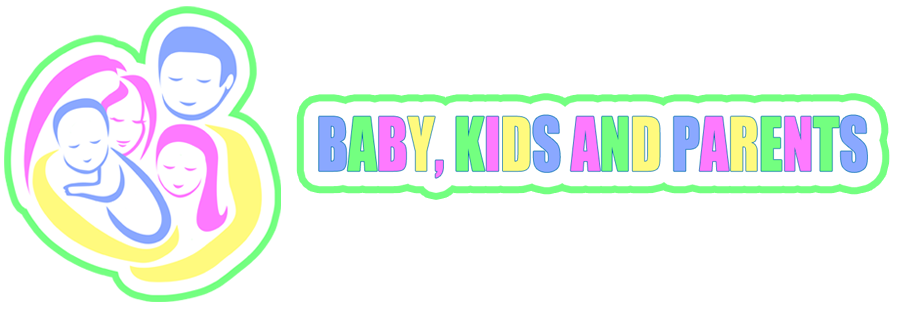
Did you know that the color, texture, and shape of the nails are all a window into the body? Although some nail symptoms are innocuous, others may be a sign of chronic disease, even cancer.
“Nails often reflect our general state of health. Changes in the nail, such as discoloration or thickening, can signal health problems including liver and kidney diseases, heart and lung conditions, anemia, and diabetes.”
Even the growth of your nails may be a sign of your underlying health. Healthy nails grow up to 3.5 millimeters on a monthly basis, but factors like medications, trauma, nutritional status, and aging process have a huge effect on their growth.
In case you notice any changes in your nails, such as changes in shape and thickness, discoloration, or swelling, consult a dermatologist as soon as possible. Although the change may be harmless, sometimes something as serious as diabetes could be the cause.
8 Nail Symptoms and What They Mean for Your Health
1. Yellow Nails
There are many reasons why your nails may yellow, such as aging, smoking, and use of nail polish and acrylic nails. If they are yellow, crumbly, and thick, it is very likely that a fungal infection is the underlying cause. Although rarely, conditions like thyroid disease, diabetes, respiratory disease, and psoriasis could also be to blame.
2. Dry, Cracked or Brittle Nails
Lifestyle factors play a significant role in this case, such as if you are exposed to chemicals, live in an area with low humidity, have your hands in water very often, or use nails polish remover on a regular basis.
Fungal infection and thyroid disease, especially hypothyroidism, may also be the causes of cracking and splitting. Brittle nails may result from deficiency in biotin or vitamins A and C.
3. Clubbing
Clubbing is described as enlargement of the fingertips, accompanied with the nail becoming curved downward. It can be related to low oxygen in the blood and lung disease as well as heart disease, inflammatory bowel disease, kidney disease, and AIDS.
4. White Spots
White spots on the nails are typically sign of nail trauma. They are usually not a big deal, and tend to fade away or grow out in a while on their own. In some instances, they may indicate a fungal infection.
5. Horizontal Ridges
According to John Anthony, M.D., a dermatologist at the Cleveland Clinic in Ohio “This is typically the result of direct trauma to the nail or a more serious illness, in which case you’ll see it on more than one nail at a time … Your body is literally saying, ‘I’ve got better things to do than make nails’ and pauses their growth.”
Also known as Beau`s lines, horizontal ridges may also be result of uncontrolled diabetes, zinc deficiency, circulatory disease, or psoriasis. On the other hand, another type of horizontal line called Mees` lines may be due to malaria, leprosy, carbon monoxide poisoning, arsenic poisoning, and Hodgkin`s disease.
6. Vertical Ridges
Vertical ridges are most common in older individuals, as they are sign of aging and are not a cause for concern. In some cases, vertical ridges may be a sign of nutrient deficiency like deficiency in magnesium and vitamin B12.
7. Spoon Nails
If the nails curve upward at the edges, resembling a spoon, it is very likely that you are deficient in iron or suffer from heart disease or hypothyroidism.
8. Pitting
Having multiple pits on the nails is typically a sign of psoriasis. “Typically, pitting occurs in around half of people with psoriasis and 80 percent of people with psoriatic arthritis,” Chen says. Nail pitting may be also caused by connective tissue disorders or alopecia areata, the disease that causes hair loss.
Source http://healthyhabit365.com/
All content on this Web site, including medical opinion and any other health-related information, is for informational purposes only and should not be considered to be a specific diagnosis or treatment plan for any individual situation. Use of this site and the information contained herein does not create a doctor-patient relationship. Always seek the direct advice of your own doctor in connection with any questions or issues you may have regarding your own health or the health of others.

